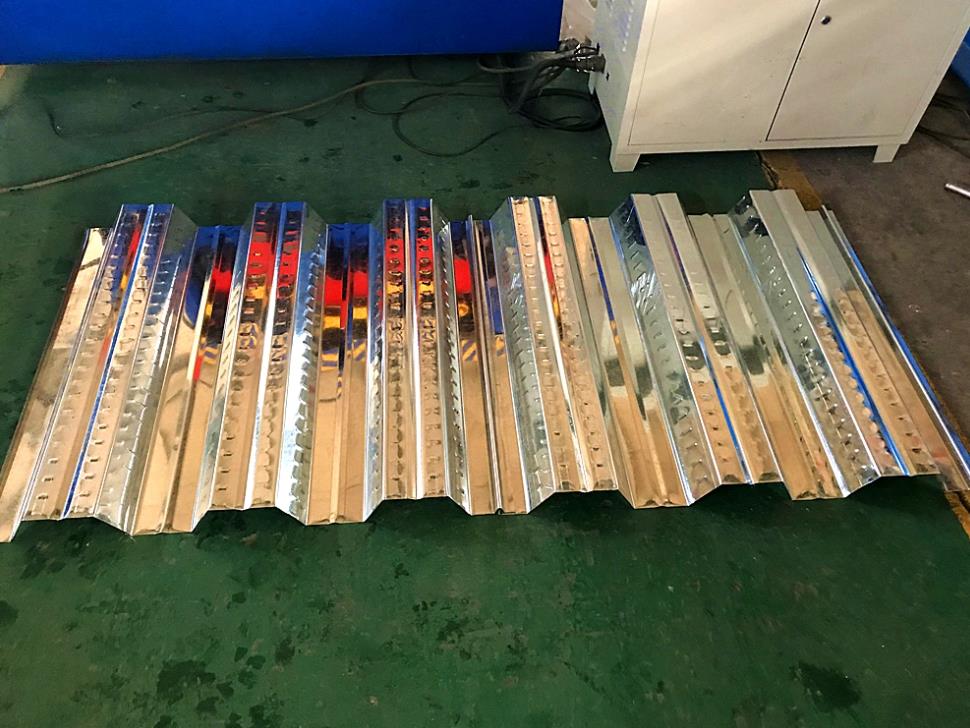Cold Roll Forming Equipment for Building Material Production Solutions
Understanding Building Material Cold Roll Forming Machines
Cold roll forming is a sophisticated manufacturing process used to create complex shapes and profiles from metal. One of the most essential pieces of equipment in this process is the cold roll forming machine. These machines are vital for producing various building materials that find extensive applications in the construction industry.
What is Cold Roll Forming?
Cold roll forming is a continuous bending operation in which a long strip of metal, often steel or aluminum, is passed through a series of rollers. These rollers progressively shape the metal into the desired profile—such as C and Z sections, U channels, and various other custom shapes—without the risk of high temperatures that could alter the material's properties. As a result, cold roll forming maintains superior strength and durability in the final products.
Applications in Building Materials
Building material cold roll forming machines are crucial in manufacturing components used in residential and commercial construction. Some of the commonly produced building materials include
1. Roofing Sheets Cold roll forming machines can create lightweight, robust roofing profiles that are highly resistant to weather conditions. 2. Purlins and Girts These are essential structural components that support roofs and walls in steel structures. Cold roll forming machines can produce various sizes and shapes tailored to specific building requirements.
3. Metal Studs and Track Systems In interior construction, metal studs and tracks are used as frameworks for walls and ceilings. Cold roll forming machines ensure that these components are uniform and possess the required strength.
building material cold roll forming machine

4. Fencing and Railing Components Cold roll forming processes also extend to the production of fencing panels and railing systems, enhancing both security and aesthetics in various projects.
Advantages of Cold Roll Forming Machines
1. High Precision One of the main benefits of using cold roll forming machines is their ability to produce highly precise and consistent profiles. This is vital for ensuring that components fit together correctly during construction.
2. Cost-Effective Production Cold roll forming is an efficient process that allows for bulk production of building materials. This results in significant cost savings over traditional manufacturing methods where additional machining may be necessary.
3. Material Conservation The process generates minimal waste as the metal strip is utilized efficiently, making cold roll forming a sustainable choice in manufacturing.
4. Enhanced Material Properties Because the material is not exposed to high temperatures, the final product retains its original properties, offering superior strength and resistance to deformation.
Conclusion
Cold roll forming machines play a pivotal role in modern building materials manufacturing. By delivering precise, cost-effective, and sustainable solutions, they support the ever-growing demands of the construction industry. As innovations in technology continue to evolve, these machines will likely adapt and improve, further enhancing their capabilities and the quality of the materials produced. Whether for residential buildings, commercial complexes, or industrial structures, cold roll forming remains an essential technique for creating high-quality building components that stand the test of time.
-
Roof Panel Machines: Buying Guide, Types, and PricingNewsJul.04, 2025
-
Purlin Machines: Types, Features, and Pricing GuideNewsJul.04, 2025
-
Metal Embossing Machines: Types, Applications, and Buying GuideNewsJul.04, 2025
-
Gutter Machines: Features, Types, and Cost BreakdownNewsJul.04, 2025
-
Cut to Length Line: Overview, Equipment, and Buying GuideNewsJul.04, 2025
-
Auto Stacker: Features, Applications, and Cost BreakdownNewsJul.04, 2025
-
Top Drywall Profile Machine Models for SaleNewsJun.05, 2025








